
Scott Air Force Base is a United States Air Force base in St. Clair County, Illinois, near Belleville and O'Fallon, 17 miles (27 km) east-southeast of downtown St. Louis. Scott Field was one of 32 Air Service training camps established after the United States entered World War I in April 1917. It is headquarters of Air Mobility Command (AMC) and its showcase wing, and it is also the headquarters of the U.S. Transportation Command, a Unified Combatant Command that coordinates transportation across all the services.

Wilbur Wright Field was a military installation and an airfield used as a World War I pilot, mechanic, and armorer training facility and, under different designations, conducted United States Army Air Corps and Air Forces flight testing. Located near Riverside, Ohio, the site is officially "Area B" of Wright-Patterson Air Force Base and includes the National Museum of the United States Air Force built on the airfield.
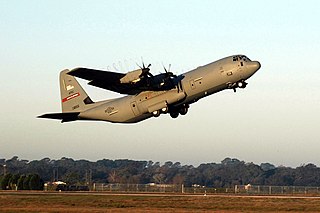
Keesler Air Force Base is a United States Air Force base located in Biloxi, a city along the Gulf Coast in Harrison County, Mississippi, United States. The base is named in honor of aviator 2d Lt Samuel Reeves Keesler Jr., a Mississippi native killed in France during the First World War. The base is home of Headquarters, Second Air Force and the 81st Training Wing of the Air Education and Training Command (AETC).

Lowry Air Force Base is a former United States Army Air Forces (USAAF) training base during World War II and a United States Air Force (USAF) training base during the Cold War. From 1955-1958, it served as the initial site of the U.S. Air Force Academy. It is a U.S. Formerly Used Defense Site (B08CO0505).

Sheppard Air Force Base is a United States Air Force (USAF) base located five miles (8.0 km) north of the central business district of Wichita Falls, in Wichita County, Texas, United States. It is the largest training base and most diversified in Air Education and Training Command. The base is named in honor of Texas Senator John Morris Sheppard, a supporter of military preparations before World War II.

The Air Training Command (ATC) is a former United States Air Force (USAF) Major Command designation. It was headquartered at Randolph Air Force Base, Texas, but was initially formed at Barksdale Air Force Base, Louisiana. It was re-designated as Air Education and Training Command (AETC) following a merger with Air University (AU) on 1 July 1993.

Chanute Air Force Base is a decommissioned United States Air Force facility, located in Champaign County, Illinois, south of and adjacent to Rantoul, Illinois, about 130 miles (210 km) south of Chicago. Its primary mission throughout its existence was Air Force technical training. Chanute Field was established on 21 May 1917, being one of thirty-two Air Service training camps established after the United States entry into World War I.
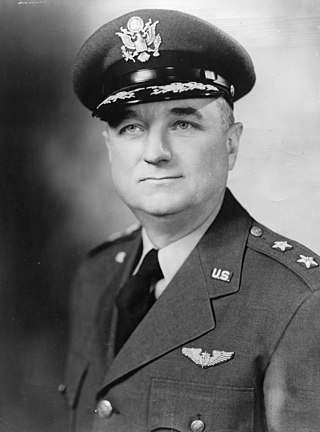
Major General Dan Clark Ogle was the third Surgeon General of the United States Air Force.
During World War II, the United States Army Air Forces (USAAF) established numerous airfields in Illinois for training pilots and aircrews of USAAF fighters and bombers.

The United States Army Air Forces during World War II had major subordinate Commands below the Air Staff level. These Commands were organized along functional missions. One such Command was the Flying Training Command (FTC). It began as Air Corps Flying Training Command on 23 January 1942, was redesignated Army Air Forces Flying Training Command (AAFTC) on 15 March 1942, and merged with Army Air Forces Technical Training Command to become Army Air Forces Training Command on 31 July 1943. Continuing service after the war, it was redesignated Air Training Command on 1 July 1946. During the consolidation of Air Force Major Commands in the retrenchment of the 1990s, Air Training Command assumed control of Air University and became Air Education and Training Command on 1 July 1993—today's Air Education and Training Command (AETC), which celebrated its 75th anniversary 23 January 2017. see the Lineage and honors statement for AETC.

Greenville Air Force Base is a former United States Air Force base in Greenville, Mississippi. It was closed as a military installation in December 1966 and redeveloped into Mid-Delta Regional Airport.

The Flying Division, Air Training Command, was a training formation of the United States Air Force. The unit was established in 1926 as the Air Corps Training Center to be the primary pilot training center for the Air Corps. It was reorganized into one of three training commands created by the Office of the Chief of the Air Corps in 1940 to accommodate the large number of air cadets being recruited as a result of the expansion of the corps after the fall of France. During World War II, thousands of cadets attended various flight schools throughout the Central United States being trained as pilots for fighters, bombers and transports. It also trained the navigators, bombardiers and gunners necessary for the bombers to attack enemy targets in the combat areas overseas. After World War II, it became the primary pilot and aircrew training unit of the United States Air Force Air Training Command.
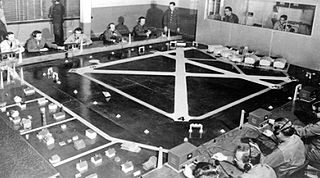
Central Technical Training Command is an inactive United States Air Force unit. It was assigned to the Army Air Forces Training Command, stationed at Saint Louis, Missouri. It was inactivated on 1 March 1944.

Western Technical Training Command was a command of the United States Army Air Forces. It was assigned to the Army Air Forces Training Command, and stationed at Denver, Colorado throughout its existence. It was inactivated on 15 October 1945.

Gulfport Combat Readiness Training Center is a United States Air Force training center, located at Gulfport-Biloxi International Airport, Mississippi. It is located 5 miles (8.0 km) north-northeast of Gulfport, Mississippi.
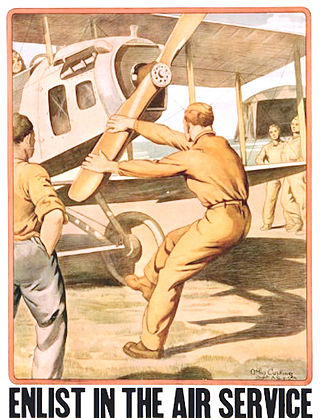
With the purchase of its first airplane, built and successfully flown by Orville and Wilbur Wright, in 1909 the United States Army began the training of flight personnel. This article describes the training provided in those early years, though World War I, and the immediate years after the war until the establishment of the United States Army Air Corps Flight Training Center in San Antonio, Texas during 1926.
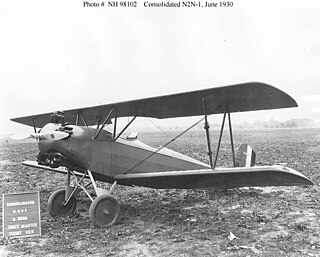
The 13th School Group was a unit of the United States Army Air Corps. It was last assigned to the 24th School Wing, and was demobilized on 30 April 1931 at March Field, California. The unit was an early United States Army Air Corps flying training group, and the first major unit assigned to March Field after its re-opening in 1927.

The Greensboro Training Center is a closed United States Army Air Forces installation. It was last assigned to the United States Army Personnel Distribution Command. It was closed on 15 December 1946.
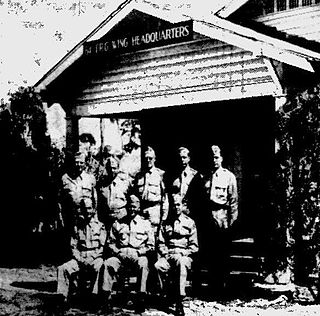
The St. Petersburg Training Center is a closed United States Air Force facility that was located in St. Petersburg, Florida. It was last assigned to the United States Army Air Forces Personnel Distribution Command. It was closed in 1945.

Major General Edward W. Anderson was an American military officer involved with flying operations, air education, and command structure. During World War II, he commanded several fighter organizations. Post-war he was involved with air education and Air Force logistics.




















